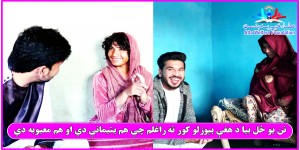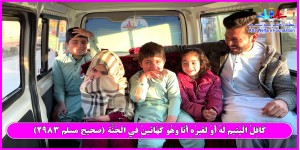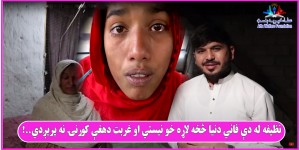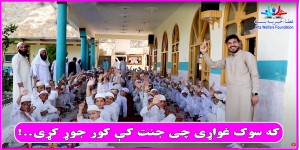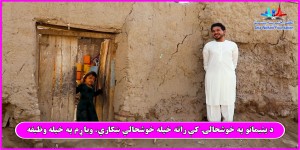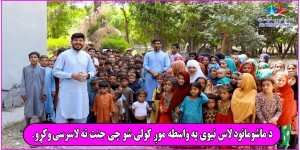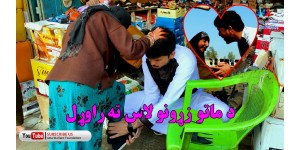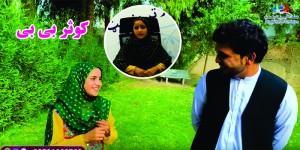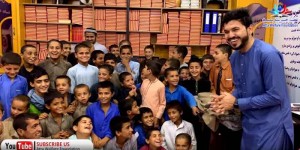Orphans Support
Estimated number of orphans is 1.6 Million in Afghanistan, According to UNICEF
The orphans of Afghanistan – who are they? They don’t know the date of their birth, have no birth certificate, have lost every thread of any family network, and celebrate no holidays. We are presenting these children, because my, your, our responsibility is to look, understand, and think about them, because these fates ultimately also have consequences for our lives. For three decades, war ruled in Afghanistan, and we experience the country in connection with the conflicts of world power politics and international terrorism. But in the country, the war leaves not only ruins, poverty, and unemployment, but also countless orphans. What do we know about these children? Where do they find refuge today? Who takes care of them? The audiovisual exhibition aims to create access to the world of the orphans. A direct glimpse of their daily lives permits differentiated perception. Through the exhibition, the orphans can send a message and thereby shed their anonymity. Here they are the center of attention and let us know their wishes and needs. Access to public attention is the prerequisite for dialogue.
The orphans of Afghanistan – who are they? They don’t know the date of their birth, have no birth certificate, have lost every thread of any family network, and celebrate no holidays. We are presenting these children, because my, your, our responsibility is to look, understand, and think about them, because these fates ultimately also have consequences for our lives. For three decades, war ruled in Afghanistan, and we experience the country in connection with the conflicts of world power politics and international terrorism. But in the country, the war leaves not only ruins, poverty, and unemployment, but also countless orphans. What do we know about these children? Where do they find refuge today? Who takes care of them? The audiovisual exhibition aims to create access to the world of the orphans. A direct glimpse of their daily lives permits differentiated perception. Through the exhibition, the orphans can send a message and thereby shed their anonymity. Here they are the center of attention and let us know their wishes and needs. Access to public attention is the prerequisite for dialogue.
